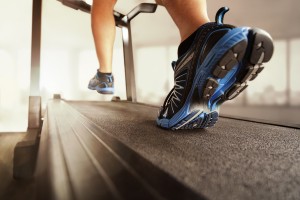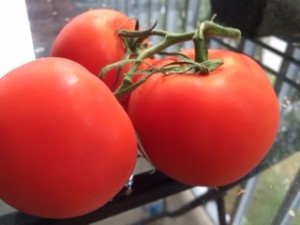Having completed the elimination diet previously and restricted my diet from certain substances for my own health concerns, I found it challenging to find any sauces that fit my needs. I have also found that many of the sauces contain excess sugar and added preservatives, making them less than ideal for a healthy diet. Finally, my husband did something so simple to our chicken that we now use all the time! Simple, easy and delicious! Rather than using a sauce, we do more of a rub for the chicken that works out great! The ingredients below are rough estimates as it depends on your preference, health concerns and dietary restrictions. Most of the ingredients we do to taste.
Ingredients
- Chicken (thighs, drum sticks, or breasts)
- Approximately 1 cup of olive oil
- Approximately 1 tablespoon of garlic powder
- Approximately 1 – 2 teaspoons of salt
- Approximately 1 – 2 teaspoons of pepper
Directions
- Heat oven to 400 degrees.
- Mix together olive oil and garlic powder in bowl.
- Coat both sides of the chicken with the olive oil mixture.
- Sprinkle the salt and pepper over all of the pieces of chicken.
- Place chicken on a baking pan with parchment paper or on a non – stick sheet.
- Place chicken in oven for 1 hour, then remove, let cool, and serve.
Like I said, simple but so good and void of excess sugar and “contaminants” to your diet!
Have you benefitted from reading this blog? Know someone that would benefit as well? Share, Like, Comment, or Tweet this article, and let me know what you think.
Some of the information provided above may not be appropriate for everyone, please consult with your doctor before trying any of the above. If you are interested in Naturopathic Medicine and wanting a different approach to your health care needs, contact Elisha Cook via the contact portion of this website.



